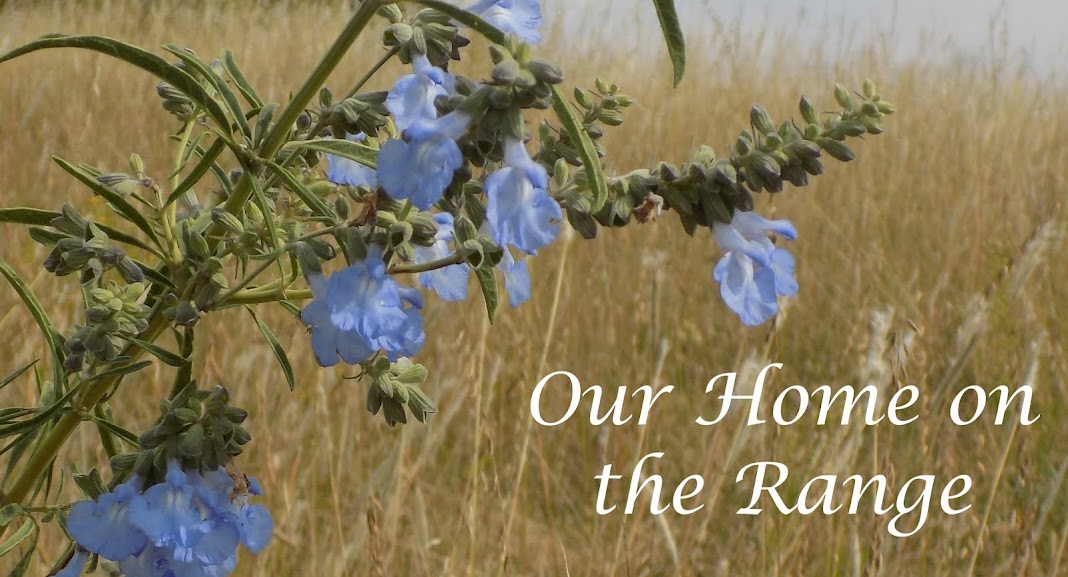
Professor Thomas A. Shippey
from The Great Courses
This is a series of 24 lectures, each about thirty minutes, that covers nearly all of Western literature in a quest for heroes that have stood the test of time. Nearly all of the characters were familiar to me already, at least nominally. I think the professor had to reach a little to include a few women as they didn't seem quite as "influential" to me. In later lectures, Professor Shippey described the characters and their stories as part of the basic understanding of our lives. For example, it's almost impossible to write a mystery story without incorporating some aspect of Sherlock Holmes because he has become the quintessential investigator for the modern mind.
The very first lecture is on Frodo Baggins and how a hobbit's type of understated heroism was a direct outcome of Tolkien's experiences in World War I, celebrating a kind of hero who does what is right even when alone or hidden.
I was also particularly interested in the lecture on Winston Smith from 1984 who is a kind of hero-opposite. I have read 1984 a few times, but I'm not sure I ever connected the story to the post-World War II world in which it was written.
Overall, this was a fascinating series of lectures and a convenient way to cover a great swatch of literature history. It brings together characters my children are encountering over the years in their education and prompted me to contemplate connections between them. I didn't agree with all of his conclusions. I heard other ideas on Cressida, for example, in a lecture series on Shakespeare, that I found more persuasive.
Though the lectures are in a series and build on each other a little over the course, it would be possible to listen to just one or more of the lectures. In fact, my husband happened to be preparing for a discussion on Dracula for one of his classes and we listened to that chapter together just for fun even though he hadn't listened to any of the others.
Here's a list of the heroes (with asterisks for those that are appropriate only for mature listeners):
- Frodo Baggins
- Odysseus
- Aeneas
- Guinevere *
- The Wife of Bath * (very mature)
- Cressida *
- Beowulf
- Thor
- Robin Hood
- Don Quixote
- Robinson Crusoe
- Elizabeth Bennet
- Natty Bumppo and Woodrow Call
- Uncle Tom
- Huckleberry Finn
- Sherlock Holmes
- Dracula *
- Mowgli
- Celie *
- Winston Smith
- James Bond
- Fairy-Tale Heroines
- Lisbeth Salander *
- Harry Potter
There's a PDF available to download with the purchase of the audiobook with notes from every chapter. I've marked above the lectures I remember being particularly suited for mature listeners only, but it would be a good idea to at least preview the notes before listening with teens or younger listeners as many of these stories include themes of sexuality and violence. I don't intend to listen to any of them with my children but I found them interesting for my own education and enjoyment.







